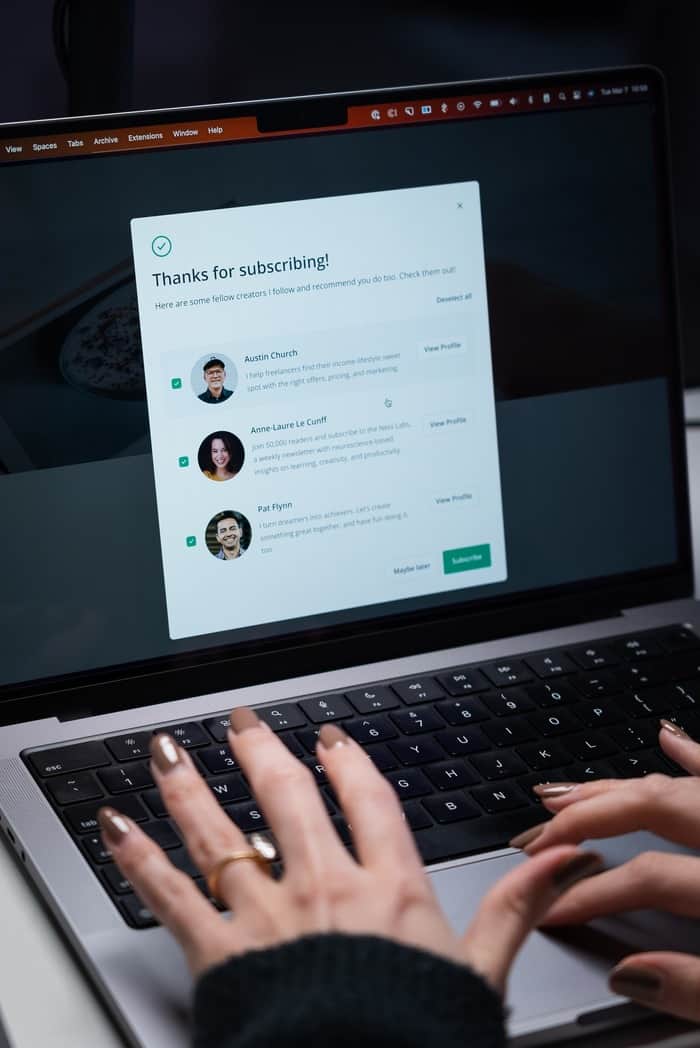Transactional emails are pre-written messages that are automatically delivered to users after they complete certain actions on a website or app, like completing a purchase, opening an account, or changing their password. As they offer key details and updates on their transactions, these emails are essential for creating and sustaining great relationships with clients.
In this article, we’ll review the best practices for writing transactional emails to increase client retention and engagement.

Tips for Building and Maintaining Transactional Emails
- Personalize Your Emails: One of the most crucial components of successful transactional emails is personalization. A personalized email helps a customer feel recognized and cherished, which can significantly increase brand loyalty. You can personalize transactional emails in addition to using the customer’s name by adding pertinent information, such as their purchase history, browsing habits, or geography. For instance, you may provide incentives for goods well-liked in their region or include product recommendations based on prior purchases.
- Keep It Simple: Put your attention on conveying information that is simple to understand and clear-cut. Avoid using technical terminology or industry jargon that the buyer might need help understanding by using straightforward English. Also, take the email’s layout into account. Maintain a straight, clean layout with a distinct hierarchy of content. Add headings, bullet points, and illustrations to break up the text and make it easier to skim.
- Include Important Information: Make sure that any pertinent information, such as order details, delivery details, and tracking numbers, are included in your transactional emails. This might enhance overall customer satisfaction and lessen the possibility of further questions or problems. To make it simple for customers to obtain and evaluate their purchase details, you could, for instance, include a link to a thorough order summary page like the one offered by third-party services with ready-made solutions, such as Selzy, Sendinblue, or Mailjet.
- Test Your Emails: You can test various iterations of your transactional emails on a small sample of your audience to see which one works the best. To determine which ones get higher open and click-through rates, test various subject lines, contents, layouts, and calls-to-action. Your transactional emails’ success may also depend on when you send them. To determine when your audience will most likely respond to your emails, experiment with sending them at various times of the day and week.
- SMPT Ports: It’s also worth pointing out that using the correct SMPT ports will help your email get delivered to the client correctly.

- Don’t Overdo It: Customer disengagement and overwhelm can arise from sending too many emails. It’s critical to keep the number of emails to a minimum and only send those that are essential and beneficial to the client. Take into account the frequency of your transactional emails to make sure you don’t go overboard. Avoid sending emails too frequently or in excess. Instead, spread them out and only send them when you have important information to share with the customer. Also, it’s crucial to make sure that your transactional emails are useful and pertinent to the recipient. Sending emails that are only promotional or unrelated to the customer’s demands is best avoided. Instead, concentrate on offering customer-friendly, educational information.
- Make Your Calls-to-Action Clear: In order to increase consumer engagement and persuade them to perform the required action, clear calls-to-action (CTAs) are essential. CTAs in transactional emails must be obvious, simple to grasp, and pertinent to the message. A button that connects to the customer’s account page or a page where they may leave a review might serve as the CTA, for instance, if the email is a receipt for a purchase. Use wording that encourages action and fosters a sense of excitement or urgency to increase the effectiveness of your CTAs. Consider using the buttons “Explore Our New Items” or “Join Our Exclusive Membership Now” in place of the generic “Learn More” button. Making sure your CTAs are simple to click on desktop and mobile devices is equally crucial.
- Use Eye-Catching Design: Design features that attract the customer’s attention can greatly enhance their overall experience and make the email more memorable. Customers will be able to recognize and associate the email with your brand more quickly if you use the colors, fonts, and logos associated with it. Also, adding pertinent pictures or photos can assist break up the text and improve the email’s aesthetic appeal. Nonetheless, it’s crucial to balance design with functionality. While a well-designed email might grab the customer’s attention, its main objective of providing the consumer with crucial information in a clear and concise manner shouldn’t be compromised.
Conclusion
Providing important information like order confirmations, shipping updates, and password resets, transactional emails are a crucial component of customer communications. Many companies, nevertheless, disregard how crucial it is to optimize these emails for the greatest email marketing impact. Don’t undervalue the impact transactional emails can have on improving the customer experience. By putting these best practices into practice, you can transform your transactional emails into useful communication tools that promote company success.